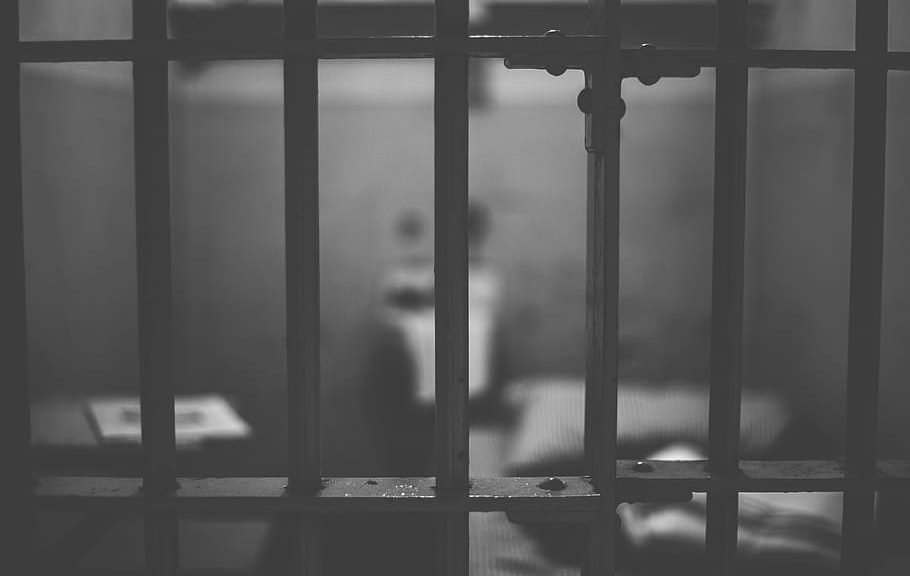By Ross Rozanski
It was a Thursday and, like many of my afternoons, I was volunteering and making an effort to help out my community. My student and I were at a small wooden table looking at sentences from a workbook, identifying grammar mistakes.
“This is a run on sentence,” he said. “Correct!” I applauded.
“That word needs to be capitalized,” he went on. “And you could put a comma there.”
But this is where similarities between my normal tutoring sessions and this particular experience end. You see, I wasn’t in the classroom of a middle school or some hall in the local YMCA. There were no windows. My student was wearing a brown jumpsuit. There was a police officer standing by the door. I was in a prison.
Last fall, at the university I attended before transferring to USC, I joined the Lehigh Prison Project. Completely new, this program took ten students each week to Northampton County Prison in Easton, Pennsylvania to assist prisoners who were working towards obtaining their GED. But not just anybody could join. Before joining the ranks of prison tutors, I had to have my fingerprints taken, go through various security checks, and have my name looked up against national security databases. The head of the education program within the prison made it clear we would only be working with the prisoners in brown uniforms, and specifically only with prisoners that wanted to be in this particular educational program.
All prisoners at Northampton County Prison are assigned one of three colors for their jumpsuit, dependent on the severity of their crime. Brown was for the lowest offenders, and represented minor crimes associated with finances or contract infringement. The next level was orange, followed by red. In the five months I tutored in the prison, I only caught a few glimpses of red uniformed prisoners, but that was enough for me; the prisoners wearing red were murderers.

